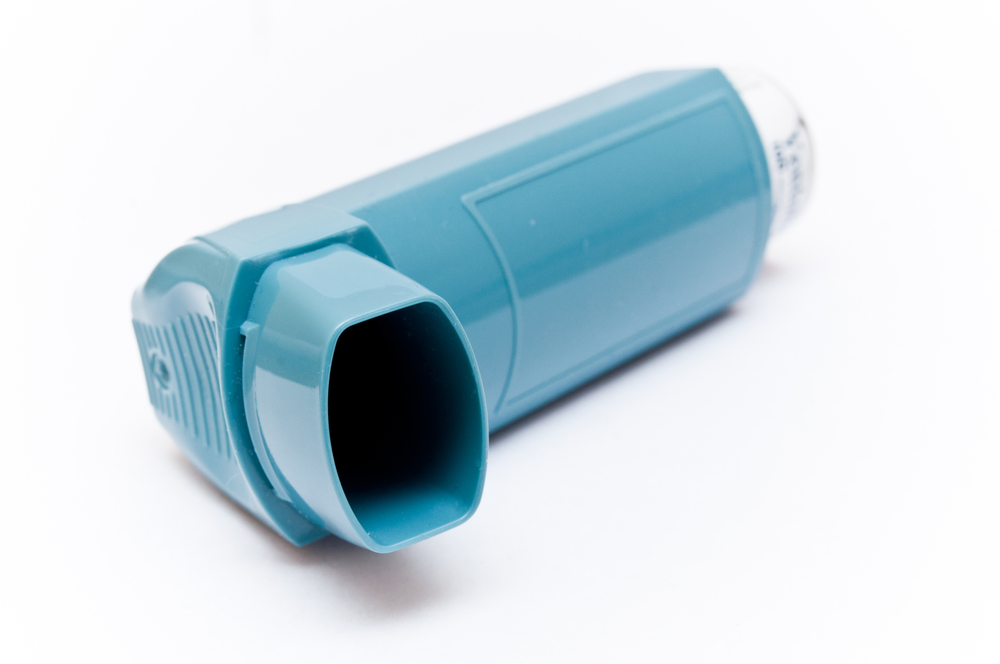The warmer, longer days of Spring can make you look forward to being outdoors more. But if you’re one of the 2 million Australians with asthma, you may need to take into account the potential impact of allergies.
Asthma is a disease of the lungs’ airways, which are sensitive to triggers that cause an asthma attack. During an attack, airways become swollen, produce excess phlegm (mucous) and the muscles in them tighten up, which makes breathing difficult. In severe cases, emergency hospital treatment may be needed.
Up to 4 out of 5 people with asthma also have an allergy, often triggered by pollens released into the air by flowering trees and plants, which may also cause hay fever. The most common pollens include:
- Ryegrass
- Weeds such as Paterson’s curse
- Trees such as elm and oak
Thunderstorm asthma is when rain droplets crash into airborne pollen and produce smaller grains that can get deeper into your airways and trigger a more severe attack.
What to do?
See your GP as soon as possible to develop an asthma action plan, including instructions on daily care for your asthma and what to do in case of an attack.
Daily care includes checking your breathing with a peak flow meter and taking prevention medications such as inhaled corticosteroids (not the same steroids that athletes mis-use, they have very low risk of side effects) to reduce airway sensitivity.
If you’ve identified pollens you’re allergic to, you may reduce your exposure by:
- Staying indoors on high-pollen days/during thunderstorms
- Making your garden low-pollen
During an attack you may need to take relieving medication to relax the tightened airway muscles. In severe cases that require emergency treatment, you should immediately ring 000.
For more information: visit the Asthma Foundation at www.asthmaaustralia.org.au or call them on 1800 278 462


